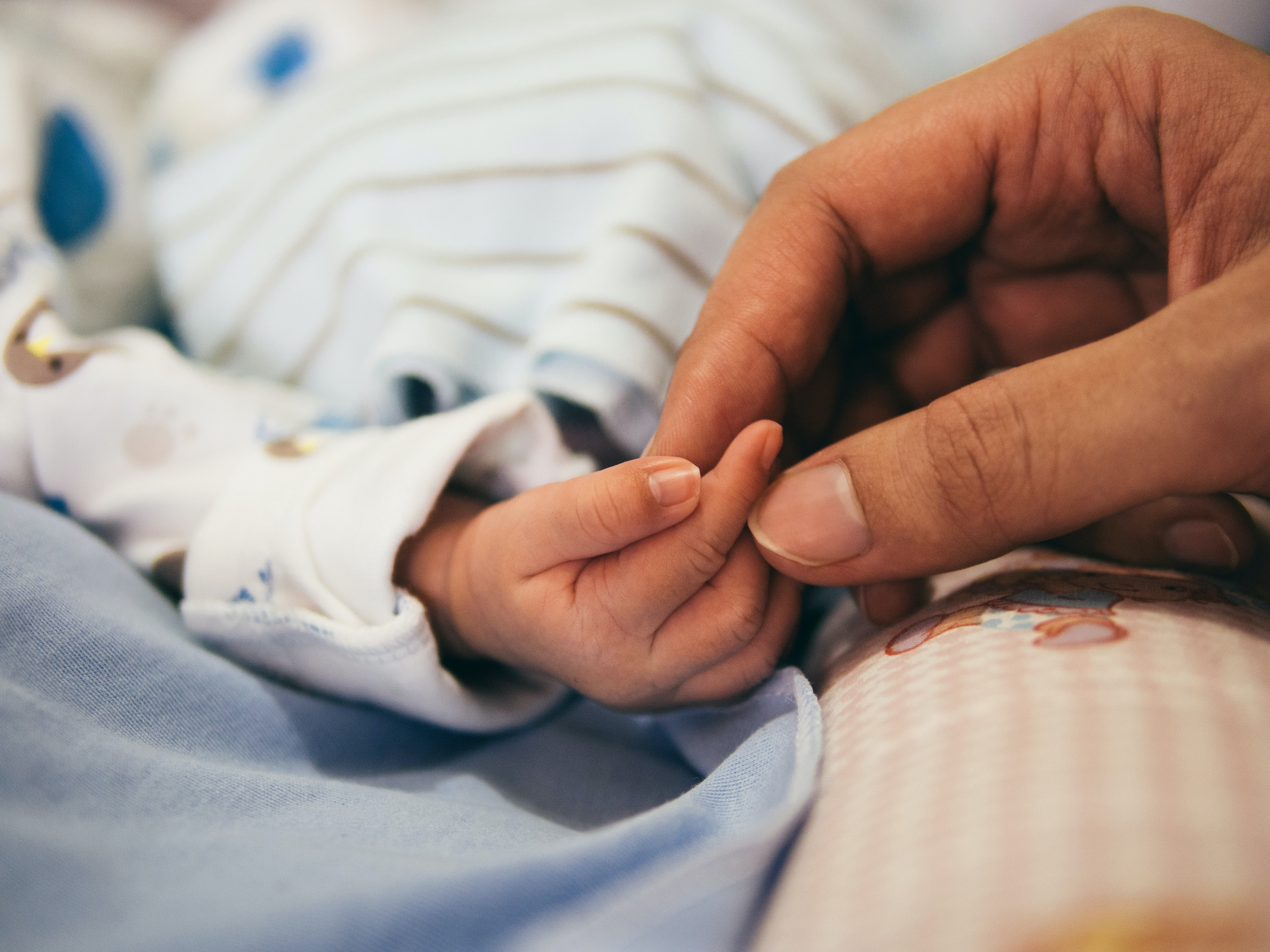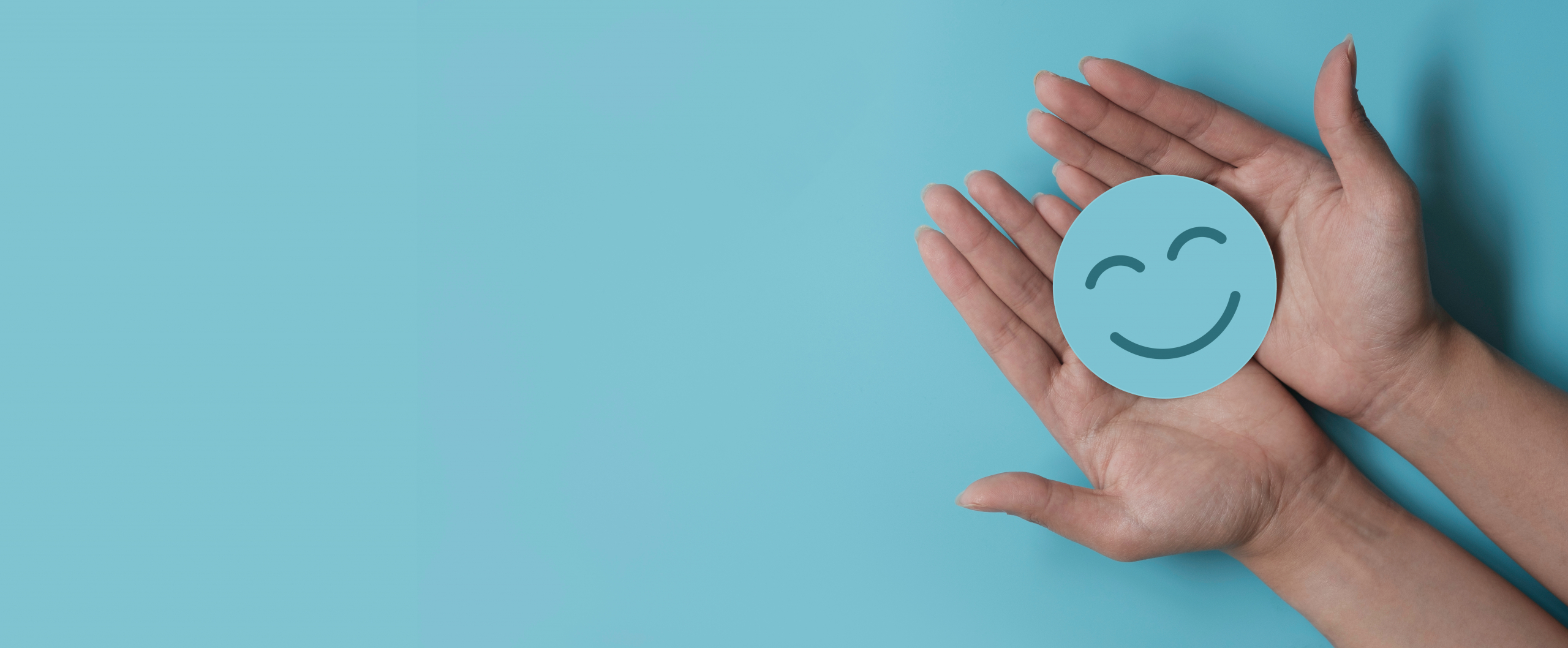Mental Health in Media
I have had a lot of time to come to terms with my mental illness. It has been a lifelong battle that I’ve only, in the past ten years, had a specific name to identify it. I suspect I’m not the only one. I think the Covid lockdown was an eye-opening experience for a lot of people who suddenly had to exist exclusively with themselves and close family and friends. Things that were able to be overlooked or glossed over became front and center. With nothing else to occupy us besides streaming services and TikTok, suddenly everyone was a mental health expert. It was a wild time.
What’s delightful to me about much of that is people normalizing the discussion of mental health. Suddenly the taboo was front and center. It was always moving that direction. I think Millennials, tired of being blamed for only ending good things and eating avocado toast decided we’d cancel some junky mental health stigma along with fast casual dining establishments.
What made this thought come into view most clearly for me was while I was reading a banned book (I’m a rebel like that) called Red, White, and Royal Blue. Give me a second, I’m gonna gush. It’s an LGBTQ+-positive novel about a prince and the son of the American president. The prince, forced into conformity by the crown, and devastated by the loss of his father, has terrible, depressive episodes. Having been on the inside looking out from one of those, it was both heart-rending and beautiful to see it so starkly on the pages of a book. I suspect I’m not the only person who has felt this way. Here it is:
“So, imagine we’re all born with a set of feelings. Some are broader or deeper than others, but for everyone, there’s that ground floor, the bottom crust of the pie. That’s the maximum depth of feeling you’ve ever experienced. And then, the worst thing happens to you. The very worst thing that could have happened. The thing you had nightmares about as a child, and you thought, it’s all right because that thing will happen to me when I’m older and wiser, and I’ll have felt so many feelings by then that this one worst feeling, the worst possible feeling, won’t seem so terrible.
But it happens to you when you’re young. It happens when your brain isn’t even fully done cooking—when you’ve barely experienced anything, really. The worst thing is one of the first big things that ever happen to you in your life. It happens to you, and it goes all the way down to the bottom of what you know how to feel, and it rips it open and carves out this chasm down below to make room. And because you were so young, and because it was one of the first big things to happen in your life, you’ll always carry it inside you. Every time something terrible happens to you from then on, it doesn’t just stop at the bottom —it goes all the way down.”
― Casey McQuiston, Red, White & Royal Blue
That’s how it feels for me too. It goes all the way down. The real kick in the pants of it is that sometimes we don’t even recognize what the most terrible thing was. Maybe it happened before we had words. Maybe it’s a massive chemical imbalance that makes things like losing your car keys feel like the worst thing that could ever happen. But the sadness: it goes all the way down into the core. It colors everything and everyone.
John Green has several young adult novels that deal with mental health in depth. A Court of Thorns and Roses series by Sarah J. Maas and The Mercy of Gods by S.A. Corey also have characters who deal with depression that is fairly spot on.
There’s also Kaladin from The Stormlight Archives by Brandon Sanderson who describes his depression as “the wretch;” it is a part of him that can barely function and cannot see the good in anything.
Not every representation in the media is fair or accurate. Remember TikTok? I’m not kidding that there are so many pseudo-mental health professionals that give junky advice and diagnostic criteria in cute, easy-to-digest 2-minute segments. That being said, I realized someone I love has autism because I saw several autistic adults talking about their experiences and some pieces clicked that hadn’t before that helped him seek out evaluation.
You’ve probably seen ADHD represented in the media recently. Or, at least you’ve seen someone who is ADHD-coded or Autism-coded. It’s not explicitly stated, but the signs are there. Sheldon from The Big Bang Theory is a great example. He’s super particular and irksome, very smart, and unable to read social cues. But they never say it outright.
There are a few shows that do state outright that the person or people in question have either a physical or mental health difference. The Good Doctor and Atypical are both good representations. While not all aspects are correct, there are more positives than negatives.
In fact, that’s overall the trend I’ve been seeing. It’s more ok to talk about mental health without people gasping and whispering. The stigma isn’t all erased (we are only a few generations past women getting sent to institutions for madness because they were too headstrong with their husbands, after all) but we are getting there. And I think that’s a good thing for all of us.




